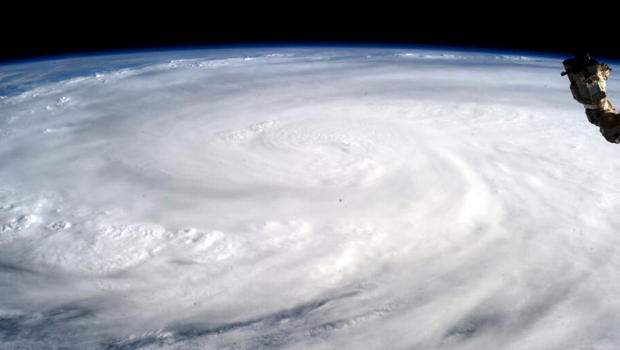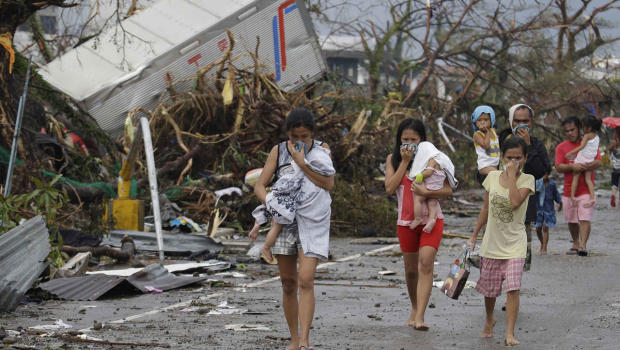“The climate crisis is madness. We can stop this madness.”
Philippines — One of the world’s most severe storms hit the Philippines. The damage is so massive that it has taken several days just to asses the situation. It appears as though thousands of people lost their lives. Complete towns have been wiped out. The increased intensity of weather events has been linked to global warming.
AFFECTED POPULATION
- A total of 2,095,262 families (9,679,059 persons) 7,251 barangays in 471 municipalities and 51 cities in 41 provinces of Regions IV-A, IV-B, V, VI, VII, VIII, X, XI and Caraga.
- A total of 91,657 families (433,300 persons) are being served inside 1,444 evacuation centers.
“In some cases the devastation has been total,” said Secretary to the Cabinet Rene Almendras.
“Reaching the worst affected areas is very difficult, with limited access due to the damage caused by the typhoon to infrastructure and communications,” said UNICEF Philippines Representative Tomoo Hozumi.
“We are seeing a lot of dead throughout the province,” said Brig. Gen. Domingo Tutaan Jr., spokesman for the Philippine armed forces. “I have been in the service for 32 years, and I have been involved with a lot of calamities. I don’t have words to describe what our ground commanders are seeing in the field.”
“Please tell my family I’m alive,” survivor Erika Mae Karakot said. “We need water and medicine because a lot of the people we are with are wounded. Some are suffering from diarrhea and dehydration due to shortage of food and water.”
“We’re afraid that it’s going to get dangerous in town because relief goods are trickling in very slow,” said Bobbie Womack, an American missionary. “I know it’s a massive, massive undertaking to try to feed a town of over 150,000 people. They need to bring in shiploads of food.
“Imagine America, which was prepared and very rich, still had a lot of challenges at the time of Hurricane Katrina, but what we had was three times more than what they received,” said Gwendolyn Pang.
The Philippines government has firmly connected the super typhoon Haiyan with climate change, and urged governments meeting in Poland on Monday to take emergency action to resolve the deadlocked climate talks.
“We cannot sit and stay helpless staring at this international climate stalemate. It is now time to take action. We need an emergency climate pathway,” said Yeb Sano, head of the government’s delegation to the UN climate talks, in an article for the Guardian, in which he challenged climate sceptics to “get off their ivory towers” to see the impacts of climate change firsthand.
“The climate crisis is madness. We can stop this madness. Right here in Warsaw. Typhoons such as Haiyan and its impacts represent a sobering reminder to the international community that we cannot afford to procrastinate on climate action..
“Science tells us that simply, climate change will mean more intense tropical storms. As the Earth warms up, that would include the oceans. The energy that is stored in the waters off the Philippines will increase the intensity of typhoons and the trend we now see is that more destructive storms will be the new norm.”.

